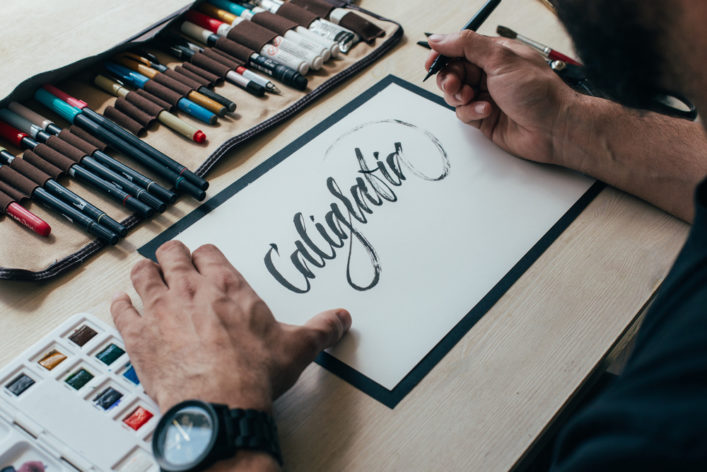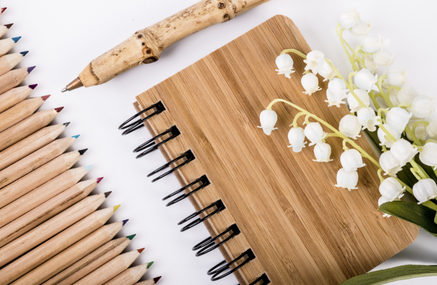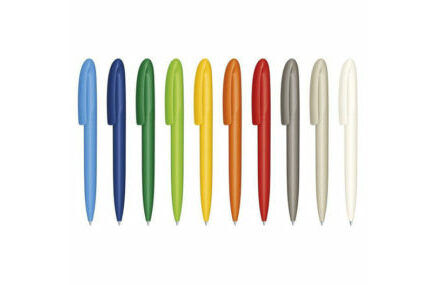-
Free Visualwith every order
-
Low Minimum Orderstarting at just 50 units
-
Easy Artwork Uploadall formats accepted
-
Free Artwork AssistanceFrom our in-house team
The Art of Calligraphy
The art of calligraphy is thousands of years old, embedded in the history of several cultures throughout many countries.
Named from the Greek words for beauty and writing, calligraphy is essentially the technique of precise and beautiful handwriting. With roots in countries such as Japan, Tibet, India, Europe and China, the style and execution will change depending on the culture. In its early stages, calligraphy generally took the form of pictograms and ideographs that were etched onto bones and stones. This would eventually evolve into brushes and pens, which would use nibs that were flat, round or pointed for extra precision.
Writing ink required a water based consistency, rather than a harsher oil based ink. This would allow the finish to be more fluid, controllable and offer cleaner lines. High quality paper was important too, allowing for a consistent absorption of ink that wouldn't run or bleed.
Calligraphy has been used in China for over 3000 years, using bamboo brushes with dark ink and papyrus paper. South Asia is thinner in style, making it more precise. The Indian style was influenced by Persian and Arabic scriptures, although originating around second century AD using palm leaves instead of paper.
Throughout time calligraphy has been used for writing important scriptures and historical texts. It will often be found in religious texts, ancient books and on royal parchements. It was a skill that was highly specialised in times when the art of reading and writing was limited, making it a full time job for those who knew how to do it. Some authority figures liked that calligraphy was often hard to decipher, making it look like a more official document that would sometimes confuse people into agreeing to more than what they had originally planned to.
Calligraphy is an art that has never ceased, although it often has peaks and falls in its popularity. In the modern day calligraphy is a home craft, something that has been adapted over time to become more accessible and easy to learn. It is a skillful and expressive art to master, often used in a contemporary form for designing wedding invitations, creating logos, art and maps. Graphic designers regularly use this style of writing in their work, computer generated to perfection. The style of modern calligraphy looks fresh, with a flexible and fluid style that remains unique, but is more accessible to anyone who wishes to learn it.
If the art of calligraphy is something that you would like to master, there are many classes around the country offering calligraphy for beginners or there are online tutorials that can get you started. Before investing in expensive quills, ink pots and specialised pens, try a Trieste Ultrafine Pen or Verona Nylon Tip Pen. These will give you a fluid handwritten style that you can play with, giving you the feel of calligraphy to see if it is something you would like to pursue.
Sources
https://www.entitymag.com/brief-history-calligraphy/



